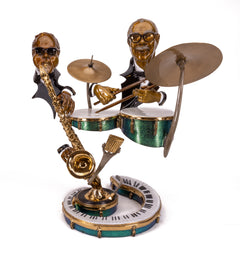
Paul Wegner - Artworks for Sale
Filter results
| Current Paul Wegner Inventory | Recent Paul Wegner Sales |

